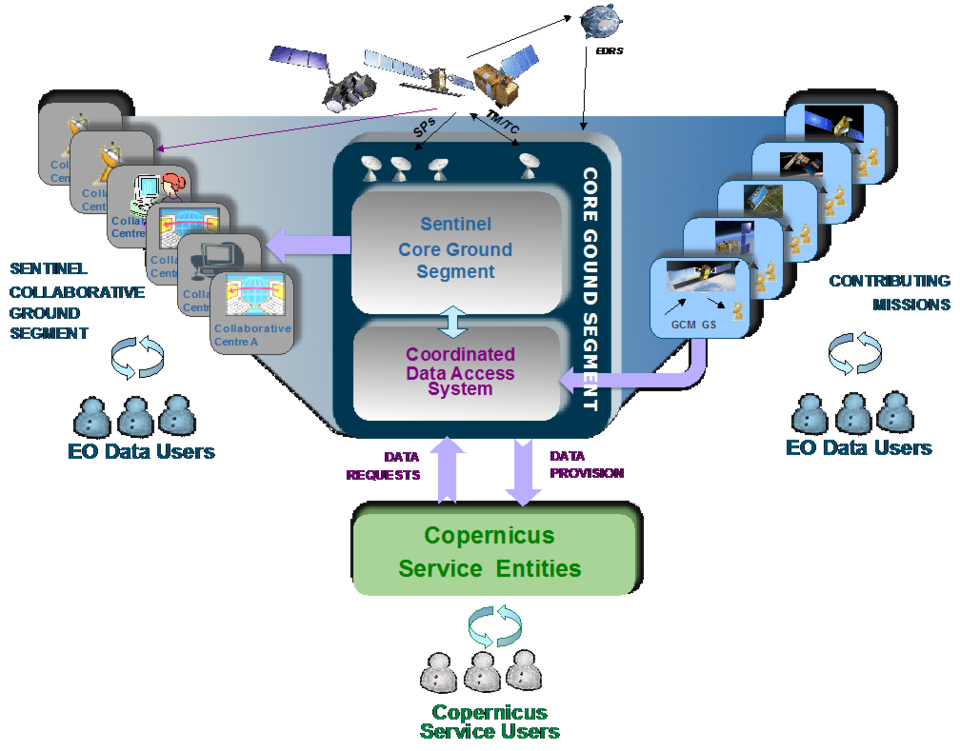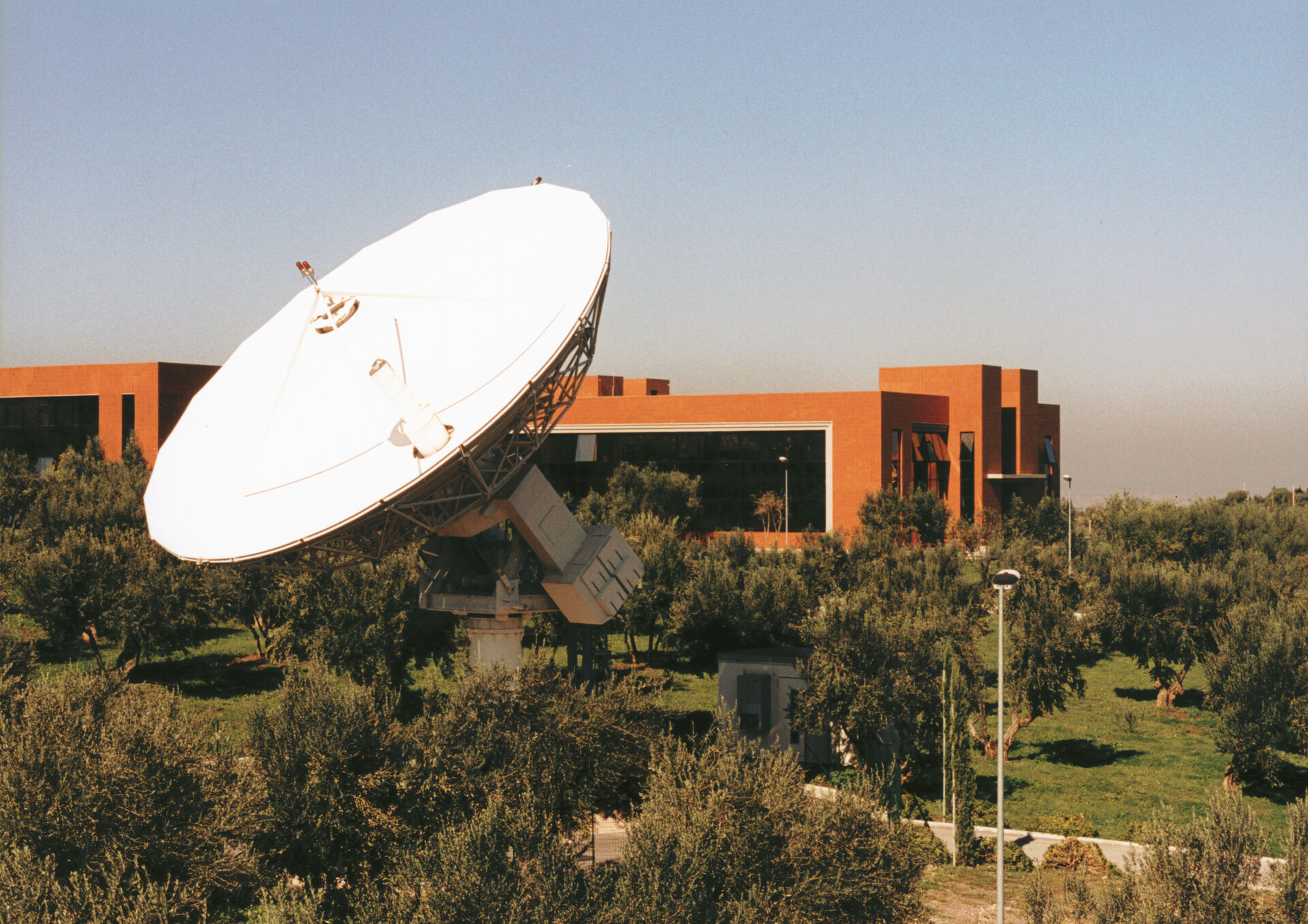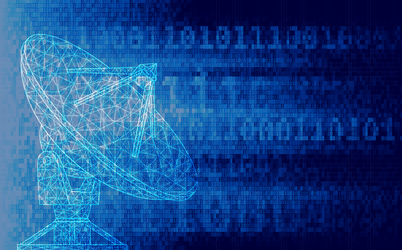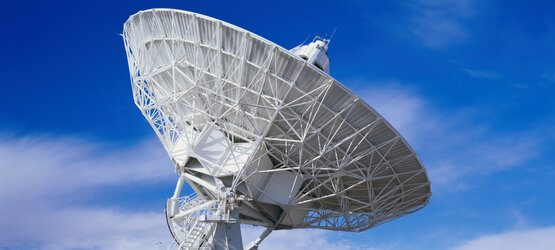Ground Segment overview
As well as the challenging task of building and launching a satellite, the success of an Earth observation mission relies on being able to operate the satellite from the ground and ensure that the data gathered are of good quality and made readily available to users.
To achieve this, a flight control centre with an antenna to send commands to the satellite is needed, together with at least one ground station to receive the data as they are 'downlinked' from the satellite as it passes overhead. Facilities for data processing, storage and distribution are also needed.
Last but not least, the quality of the data and the performance on the satellite sensors have to be monitored continuously. If need be, action, such as 'calibration activities', have to be carried out promptly, guaranteeing the overall performance of the mission. These functions are all ensured by the ground segment.
Each Copernicus satellite mission, both the dedicated Sentinel missions as well as each contributing mission, has a ground segment, and is operated independently.

While each ground segment is independent, they are all linked to form the Copernicus Ground Segment. This large space capacity is coordinated through the Space Component Data Access System. Here, data flows from the various ground segments are streamlined – in a way that is as transparent as possible to the users.
The Copernicus Ground Segment is complemented by the Sentinel Collaborative Ground Segment which was introduced with the aim of exploiting the Sentinel missions even further. This entails additional elements for specialised solutions in different technological areas such as data acquisition, complementary production and dissemination, innovative tools and applications, and complementary support to calibration and validation activities.
The Sentinel Core Ground Segment and the Data Access Coordinated System are managed directly by ESA, while other parts are managed by third parties such as national space agencies and interface to the core ESA elements via specific agreements with the Agency.








